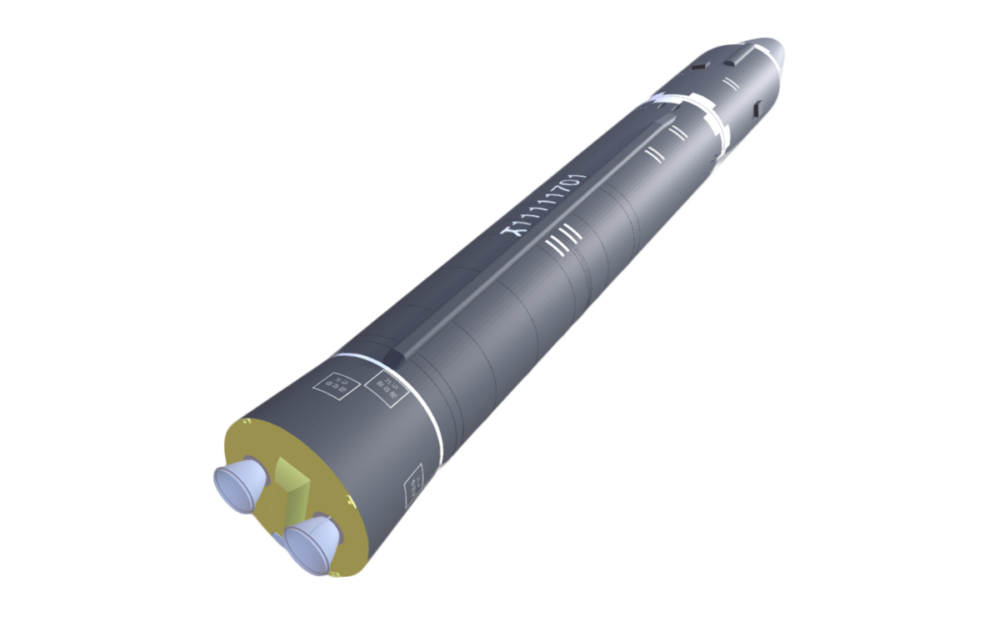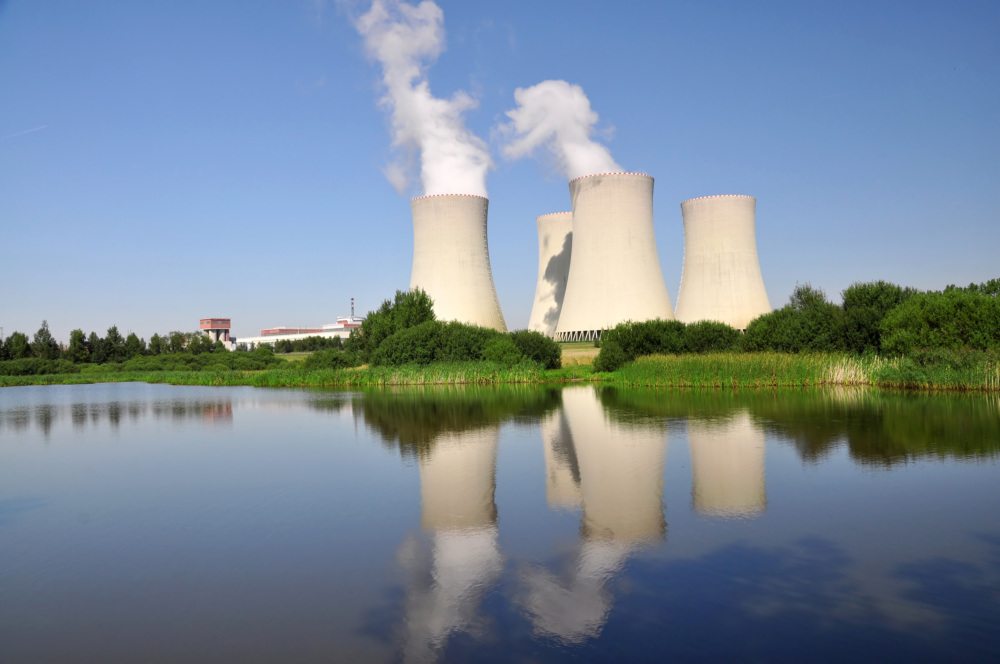
The CNS North Korea Missile Test Database
A collection of missile tests including the date, time, missile name, launch agency, facility name, and test outcome.
No weapons of mass destruction or related delivery systems were located on the territory of Azerbaijan when it regained its independence after the collapse of the Soviet Union in 1991. [1] While Azerbaijan has been building stronger military capabilities due to a long-standing conflict with neighboring Armenia over the disputed Nagorno-Karabakh enclave, it has not sought to develop WMD capabilities. [2]
Azerbaijan is a party to the major nonproliferation treaties and regimes, including the Treaty on the Non-Proliferation of Nuclear Weapons (NPT), the Comprehensive Nuclear Test Ban Treaty (CTBT), the Chemical Weapons Convention (CWC), and the Biological and Toxin Weapons Convention (BTWC). Azerbaijan has cooperated with the United States on WMD nonproliferation and defense activities, and signed corresponding agreements on 28 September 1999 (U.S.-Azerbaijan CTR Umbrella Agreement) and 26 August 2005 (WMD-PPI Implementing Agreement). [3] Azerbaijan participated in negotiations surrounding the UN Treaty on the Prohibition of Nuclear Weapons. It voted in support of the treaty on 7 July 2017. [4]
There are no nuclear reactors or uranium mines on the territory of Azerbaijan. A large quantity of radioactive waste is stored at several locations, including Azerbaijan’s central radioactive waste management facility, the Baku Radioactive Waste Site “Izotop”. [5]
In 1980, construction began on a 1,000 MWe nuclear power plant in southern Azerbaijan, but the Chernobyl accident and Baku-Ceyhan oil pipeline halted the project. [6] In 2007, apparently at the behest of the government, the Institute of Radiation Problems of the Azerbaijan Academy of Sciences submitted a proposal for a 1,500 MWe nuclear power reactor, to be built at the site of the abandoned plant. [7] Russia offered to participate in the plant's construction in 2009, but no formal proposal has been made for its construction. [8] To train nuclear specialists and produce medical isotopes, Azerbaijan’s Institute of Radiation Problems planned to build a 10-15 MWe research reactor, estimated to cost $119-million. [9] The IAEA gave preliminary approval to the project in June 2008, and construction was scheduled to begin in 2012. [10] The project stalled until 2015, when the IAEA approved Azerbaijan's new strategic plan for the research reactor. [11] Azerbaijan designed and submitted this plan with the help of the French company Areva. [12]
Azerbaijan is a participant in the CIS (Commonwealth of Independent States) Committee on the Peaceful Use of Nuclear Energy. The CIS Council of the Heads of Government adopted a long-term program for inter-state cooperation in 2009. [13] In 2014, President Ilham Aliyev established the National Nuclear Research Center (NNRC) to spearhead Azerbaijan’s growing interest in peaceful nuclear development. [14] In 2015, the NNRC carried out expeditions in the Shemakha and Khizi regions in the hopes of finding uranium ore. [15] The NNRC has declared interest in developing a nuclear power reactor if these regions prove to be rich in nuclear material. [16]
The United States has provided Azerbaijan with funds, equipment, and training to improve the country's export control system and border security. [17] The United States has spent tens of millions of dollars under the Caspian Guard Initiative, which aims to strengthen the air, ground, and maritime border defenses of Azerbaijan and Kazakhstan by addressing proliferation, terrorism, and trafficking threats around the Caspian Sea. [18] Azerbaijan has also received U.S. assistance in drafting export control legislation. Since the collapse of the Soviet Union, the South Caucasus region has experienced numerous instances of trafficking of radioactive materials. [19]
In July 2020, amid renewed fighting on the Armenia-Azerbaijan border, the spokesperson for the Azerbaijan defense ministry threatened a missile strike against Armenia’s Metsamor NPP. [20] Armenia condemned the Azerbaijani defense ministry’s statement as a crime and said that Armenia had undertaken a number of measures to raise awareness about Azerbaijan’s threat. [21]
There is no evidence to suggest that Baku possesses or is pursuing biological weapons capabilities. [22] Azerbaijan acceded to the Biological and Toxin Weapons Convention in February 2004. On 6 June 2005, the U.S. Department of Defense (DOD) and the Cabinet of Ministers of the Republic of Azerbaijan signed an agreement, “Concerning Cooperation in the Area of Prevention of Proliferation of Technology, Pathogens, and Expertise that Could Be Used in the Development of Biological Weapons. [23] This agreement, which is part of the Cooperative Threat Reduction Program, facilitated the 2005 transfer of 124 samples of 62 unique strains (including the causative agents of plague, anthrax, cholera, and other dangerous diseases) from Azerbaijan to the U.S. Armed Forces Institute of Pathology in Washington, DC. [24]
Under the Cooperative Biological Engagement Program, the DOD continues to train health and veterinary professionals, as well as to renovate and secure medical, research, and veterinary facilities in Azerbaijan, including the Baku Anti-Plague Station, and the veterinary laboratories in Gakh, Goygol, Guba, Sabirabad, and Barda. [25]
Azerbaijan is a founding member of the Organization for the Prohibition of Chemical Weapons (OPCW) and a party to the Chemical Weapons Convention. There is no evidence to suggest that Baku is pursuing a chemical weapons capability. [26]
From 1985 to 2012 the Russian Daryal-type radar station in Gabala, also known as Lyaki, operated as an early warning system to detect missiles launched towards the former USSR from the south. After the collapse of the Soviet Union, the station was leased and operated by Russia's Aerospace Defense Forces, providing Russia with a residual strategic foothold in Azerbaijan. [27] Russia's lease of the site expired in December 2012, and was not renewed, due to attempts by Baku to increase the price of the station's lease agreement from $7 million to $300 million dollars. [28] Russia has transferred control of the facility to the government of Azerbaijan, which transferred the facility out of its Armed Forces inventory to the State Committee on Property Issues. [29]
Although Russia is the main source of arms imports for Azerbaijan, Baku has also been increasingly procuring weapons from other countries. In December 2016, Azerbaijan finalized a deal to purchase the Iron Dome missile defense system from Israel. [30] This decision was likely a response to Russia’s sale of 9K720 Iskander Short-Range Ballistic Missile Systems (SRBMS) to Armenia. [31]
Sources:
[1] "Azerbaijan, Key Nuclear Facts," Jane's CBRN Assessments, 10 September 2010.
[2] "Azerbaijan, Proliferation," Jane's CBRN Assessments, 16 September 2010.
[3] Cooperative Threat Reduction Annual Report to Congress Fiscal Year 2008: Information Cutoff Date: December 31, 2006, U.S. Department of Defense, p. 34, www.dtra.mil.
[4] UN General Assembly, “7 July 2017 – Voting results on L.3/Rev.1,” Item 9, A/CONF.229/2017/L.3/Rev.1 – Draft Treaty on the Prohibition of Nuclear Weapons, 7 July, 2017, https://s3.amazonaws.com.
[5] A. Huseynov, O. Batyukhnova, M. Ojovan and J. Rowat, “Upgrading the Radioactive Waste Management Infrastructure in Azerbaijan” (paper presented at the 2007 Waste Management Symposium, Tucson, AZ, 25 February – 1 March 2007); "Azerbaijan, Proliferation," Jane's CBRN Assessments, September 16, 2010; "Azerbaijan: Nuclear Waste Control, Handling Criticized," Zerkalo,17 February 1996, p. 13.
[6] Alexei Breus, "Azerbaijan laying groundwork for construction of nuclear unit," Nucleonics Week, 12 April 2007, p. 5.
[7] Alexei Breus, "Azerbaijan laying groundwork for construction of nuclear unit," Nucleonics Week, 12 April 2007, p. 5.
[8] "Emerging Nuclear Energy Countries," World Nuclear Association, November 2012, www.world-nuclear.org.
[9] Mina Muradova, "Azerbaijan gets ready to go nuclear," EurasiaNet.org (New York), 27 July 2008, www.eurasianet.org; "Emerging Nuclear Energy Countries," World Nuclear Association, June 2011, www.world-nuclear.org; Dr. Gabulov Ibrahim, "Research Reactor Utilization Issues in the Republic of Azerbaijan," presentation at IAEA Technical Meeting, Vienna, 19-22 February 2008, www.iaea.org.
[10] "Emerging Nuclear Energy Countries," World Nuclear Association, June 2011, www.world-nuclear.org.
[11] “Azerbaijan Wants to Extract Uranium Ore in Shemakha and Khizi," Abc.az. N.p., 26 October 2015.
[12] "Azerbaijan plans to build first reactor," Vestnik Kavkaza, 23 April 2015, www.vestnikkavkaza.net.
[13] "CIS Committee on Peaceful Use of Nuclear Energy Meets in Moscow," Oreanda-News, 13 March 2009; "Belarus suggests more effective cooperation between CIS countries," Council of Ministers of the Republic of Belarus, 19 May 2011, www.government.by/en.
[14] "A New Wave." The Business Year. May 2014, www.thebusinessyear.com; "Azerbaijan Establishes National Nuclear Research Centre JSC," Ministry of Communications and High Technologies, 8 May 2015, www.mincom.gov.az.
[15] “Azerbaijan Wants to Extract Uranium Ore in Shemakha and Khizi," Abc.az. N.p., 26 October 2015.
[16] "Azerbaijan Wants to Produce Nuclear Fuel," Abc.az, 13 July 2015.
[17] "US, Azerbaijan Sign Counterproliferation Pact," The Post-Soviet States & Eastern Europe Monitor, 11 October 1999, p. 14; NIS Export Control Observer, March 2005, Center for Nonproliferation Studies, nonproliferation.org.
[18] Simon Ostrovsky, "U.S. Working to Boost Sea Forces in Oil-Rich Caspian: Envoy," Agence France-Presse, 21 September 2005; Russ Rizzo, "Pentagon Aims to Bolster Security in Caspian Sea Region," Stars and Stripes [European Edition], 10 August 2005, www.estripes.com.
[19] Alexander Kupatadze, "Organized Crime and the Trafficking of Radiological Material," The Nonproliferation Review, July 2010, pp. 219-234.
[20] "Modern missile systems of Azerbaijan enable us to blast Metsamor NPP," 16 July 2020, www.defence.az.
[21] “Baku, Yerevan exchange statements on possibility of striking critical infrastructure,” 16 July 2020, www. tass.com.
[22] "Azerbaijan, Key Biological Facts," Jane's CBRN Assessments, 23 September 2010.
[23] Cooperative Threat Reduction Annual Report to Congress Fiscal Year 2008: Information Cutoff Date: December 31, 2006, U.S. Department of Defense, pp. 24-26, 31, www.dtra.mil.
[24] Jeff Zeleny, “U.S. gets pathogens from ex-Soviet republic,” Chicago Tribune, 3 September 2005, http://articles.chicagotribune.com.
[25] Saida Aliyeva, Peter Flanagan, April Johnson and Lisa Strelow, “Toward the Development of a Sustainable Scientific Research Culture in Azerbaijan (2011–2015),” Frontiers in Public Medicine 4.144 (July, 2016).
[26] "Azerbaijan, Chemical Proliferation," Jane's CBRN Assessments, 15 October 2009.
[27] Azeem Ibrahim, "President Putin's Cold War Thinking With Azerbaijan," The Huffington Post, 14 March 2012, www.huffingtonpost.com.
[28] Alina Lobzina, "Russia and Azerbaijan in tough talks over radar base," The Moscow News, 29 February 2012; David Herszenhorn, "Russia to Close Radar Station in Azerbaijan," The New York Times, 11 December 2012, www.nytimes.com.
[29] "Gabala Radar Station Being Abolished," News.AZ, 7 April 2014, news.az.
[30] Gili Cohen, “Azerbaijan Reportedly Signs Deal to Purchase Israel's Iron Dome,” Haaretz, 18 December 2016, www.haaretz.com.
[31] Eduard Abrahamyan, “Armenia's New Ballistic Missiles Will Shake Up the Neighborhood,” The National Interest, 12 October 2016, www.nationalinterest.org.
Sign up for our newsletter to get the latest on nuclear and biological threats.
A collection of missile tests including the date, time, missile name, launch agency, facility name, and test outcome.
At this critical juncture for action on climate change and energy security, 20 NGOs from around the globe jointly call for the efficient and responsible expansion of nuclear energy and advance six key principles for doing so.
Information and analysis of nuclear weapons disarmament proposals and progress in Belarus
